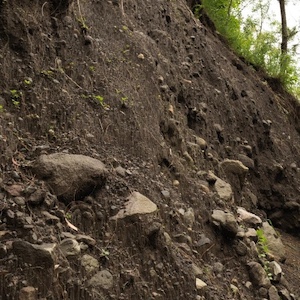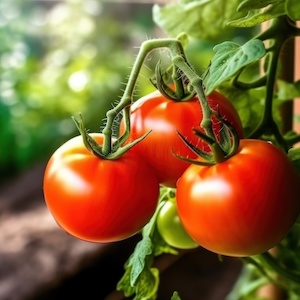Monitoring and multi-scenario simulation of agricultural land changes using Landsat imageries and future land use simulation model on coastal of Alanya
All claims expressed in this article are solely those of the authors and do not necessarily represent those of their affiliated organizations, or those of the publisher, the editors and the reviewers. Any product that may be evaluated in this article or claim that may be made by its manufacturer is not guaranteed or endorsed by the publisher.
Authors
Anthropogenic activities have adverse impacts on productive lands around coastal zones due to rapid developments. Assessment of land use and land cover (LULC) changes provide a better understanding of the process for conservation of such vulnerable ecosystems. Alanya is one of the most popular tourism hotspots on the Mediterranean coast of Turkey, and even though the city faced severe LULC changes after the mid-80s due to tourism-related investments, limited number of studies has been conducted in the area The study aimed to determine short-term and long-term LULC changes and effects of residential development process on agricultural lands using six Landsat imageries acquired between 1984 and 2017, and presented the first attempt of future simulation in the area. Average annual conversions (AAC) (ha) were calculated to assess magnitudes of annual changes in six different periods. AACs were used to calculate area demands for LULC2030 and LULC2050, whereby annual conversions from different periods were multiplied by the number of years between 2017, 2030 and 2050 for each scenario. Finally, optimistic and pessimistic scenarios for agricultural lands are simulated using a future land use simulation model. Accordingly, agricultural lands decreased from 53.9% to 31.4% by 22.5% in 33 years and are predicted to change between 19.50% and 24.63% for 2030, 1.07% and 14.10% for 2050, based on pessimistic and optimistic scenarios, respectively.
How to Cite

This work is licensed under a Creative Commons Attribution-NonCommercial 4.0 International License.














